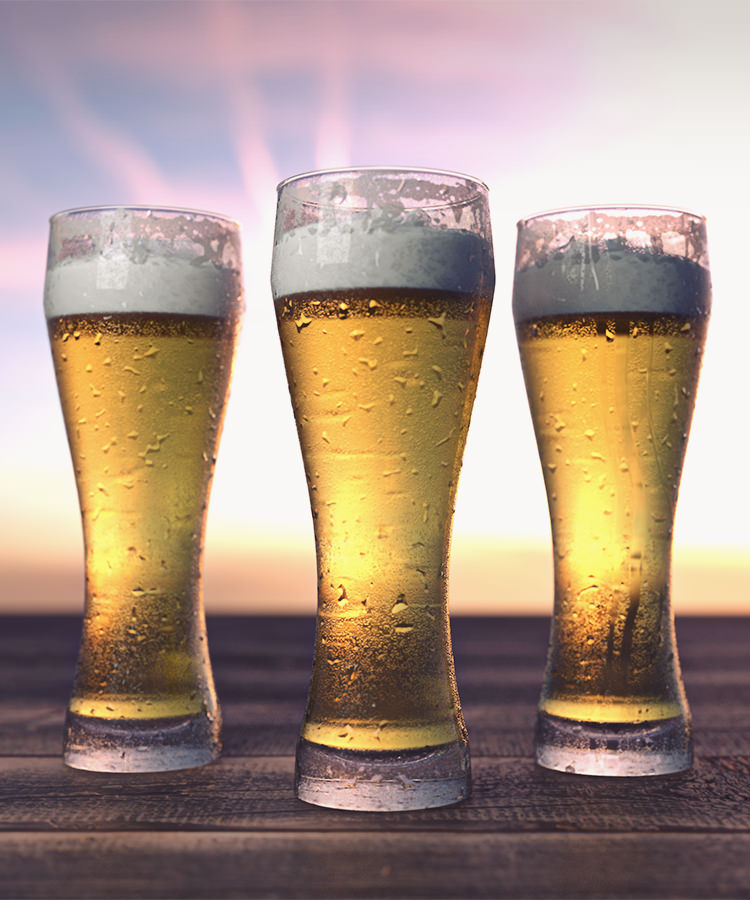A good pilsner is a deceptively impressive feat. It’s clear with very fine carbonation, always crisp, always refreshing. The style, which started in Bavaria, is time-honored and protected dating back to the definition of the style, Pilsner Urquell, that was first brewed in 1842. But the new American craft pilsner is an entirely different — and distinctly American — beast.
American craft pilsners are the antithesis of the powerful IPAs that define American craft beer. Like the European beers they emulate, they lean on subtle dryness, high carbonation, and slight bitterness. Unlike European pilsners, though, American craft pilsners showcase the distinct quality of West Coast American hops. The blend of styles is a dream for American brewers looking to put a new twist on an original.
Pilsners are the brewer’s beer, Chris Riphenburg, the head brewer at Ale Asylum, tells me. It’s “a completely naked style,” he says. “If it’s done right, it’s glorious.” He’s not alone in thinking that. Davin Helden, the head of Liquid Mechanics Brewing Co., as well as Alan Windhausen, the lead brewer at Pikes Peak Brewing Company, and Nicole Carrier, the founder of Throwback Brewery, all mentioned pilsners when talking about their favorite styles. Kevin Blodger, the cofounder of Union Craft Brewing, went so far as to call pilsners a “heavyweight in craft.”
It wasn’t always this way, though. In another arena, mega-brewers co-opted the pilsner style with mass-produced adjunct lagers that are so reliably flavorless that flavor is seen as a fault. In the United States, Miller High Life, Budweiser, and others laid claim to the pilsner, tarnishing its reputation somewhat. But as the Beer Judge Certification Program notes, it’s not a true European pilsner. In Europe, the American macro brews can’t even be marketed as pilsners. “Although German immigrants had brewed traditional pilsner-inspired lager beer in the United States since the mid-late 1800s, the modern American lager style was heavily influenced by Prohibition and World War II,” the BJCP writes. “Surviving breweries consolidated, expanded distribution, and heavily promoted a beer style that was appealing to a broad range of the population.”
The BJCP also adds that the strength of macro beer inspired rivals to “develop similarly bland products for the mass market,” which only further weakened the once-mighty and clean pilsner reputation.
American pilsners are being reclaimed, though, thanks to the strongest craft beer market in American history. Just don’t expect it to taste like something from Europe or something from one of the big brewers. Prepare your tastebuds for refreshingly high carbonation, obvious American hop influence, and all-around clean-feeling balance.
Pivo from Firestone Beer
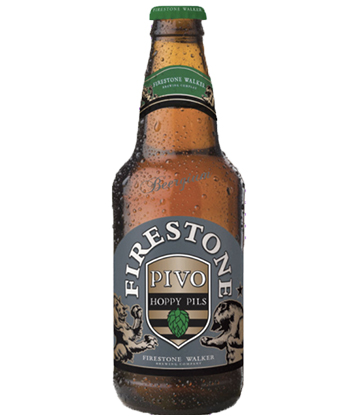 One of the first American craft breweries to brew a successful pilsner in 2013. It’s balanced, floral, and slightly lemony.
One of the first American craft breweries to brew a successful pilsner in 2013. It’s balanced, floral, and slightly lemony.
Noble Pils from Samuel Adams
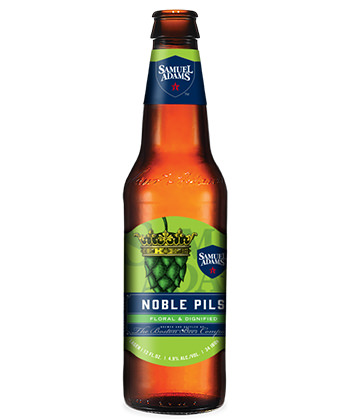 Loaded with five Noble hops (traditional European varieties) that deliver citrus and pine notes.
Loaded with five Noble hops (traditional European varieties) that deliver citrus and pine notes.
Prima Pilsner from Victory Brewing
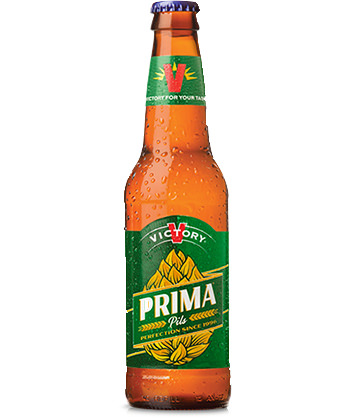 A classic go-to American pilsner style that uses whole cone hops for full flavor while staying light in the bottle.
A classic go-to American pilsner style that uses whole cone hops for full flavor while staying light in the bottle.
Mama’s Little Yella Pils from Oskar Blues Brewery
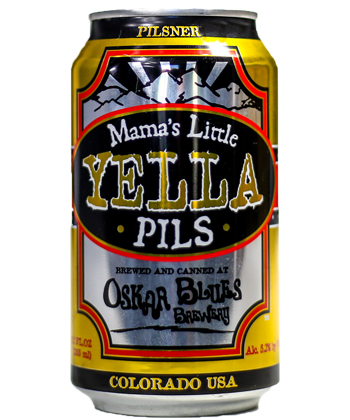 Oskar Blues was one of the first craft breweries to put good beer in cans. Its pilsner reverses the notion that every pilsner in a can has to be cheap and tasteless.
Oskar Blues was one of the first craft breweries to put good beer in cans. Its pilsner reverses the notion that every pilsner in a can has to be cheap and tasteless.
